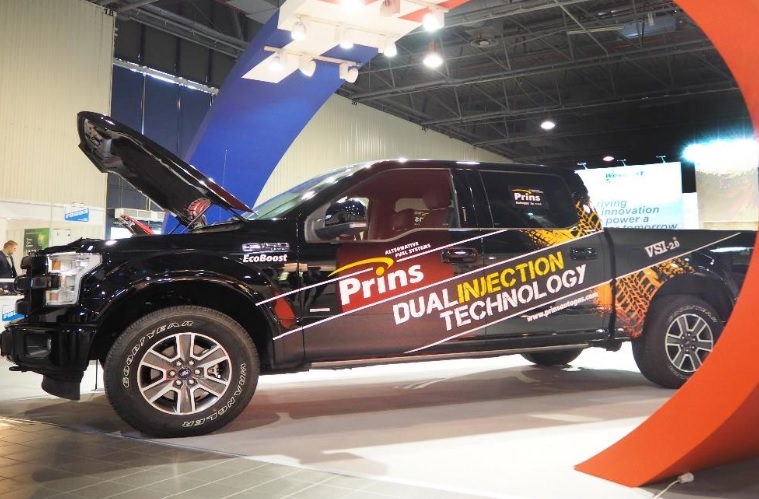Media Room
Dutch Autogas expert analyses current market in Europe

In a recent interview, Bart van Aerle, VP Product & Strategy of Westport Fuel Systems, global leader in gaseous fuels for transportation, including LPG, analyses the developing Autogas market in Europe as well as its key role for a fast decarbonisation of transport.
van Aerle explains the main drivers for Autogas are fuel cost savings, wide availability of the fuel, relatively low investments for infrastructure, comparable performance to driving on gasoline, low installation costs of the LPG system, and reduced GHG emissions. “First of all, compared to gasoline and diesel, we have lower emissions; up to 21% CO2 emission reduction and up to 98% particle emission compared to gasoline, and up to 74% less NOx emission compared to diesel. What we have seen is that diesel has been hammered, which is to our advantage because people were typically using diesel for long distance driving because it was cheaper,” he says.
Markets can grow rapidly when the government has a long-term vision. “We have seen this in countries like Turkey, Poland, and Italy as they now have a large market penetration rate for LPG because the government has realised that this is a good fuel option and provides cost savings. The government made the right long-term strategy on taxation to encourage growth,” he adds.
Regarding clean energy options for decarbonising the European mobility, van Aerle states that governments are exploring options for next generation fuels and a lot of politicians like to talk about EVs. However, they are increasingly realising that, although this will clearly be part of the market, there is no way this can be the only solution. “I hope more people begin to understand Autogas is a better option than EVs for fast commercialisation as the fuel is widely available, it costs less, and it delivers emission reductions,” he comments.
“We have an economically viable and environmentally friendly solution. When I talk about the Netherlands specifically, the government was putting a lot of subsidies into EVs and now recognise the demand for electricity to power all those vehicles. So that’s why we will have a mix of fuels in the future with different technologies for different applications and duty cycles. And let’s not forget to look at full well-to-wheel emissions and not just tailpipe emissions,” he concludes.
Autogas is the most common alternative vehicle fuel in use in the world today. The LPG fleet continues to grow unabated; there are almost 27 million vehicles in use around the world. For more information, please check this link.
8 July 2020
